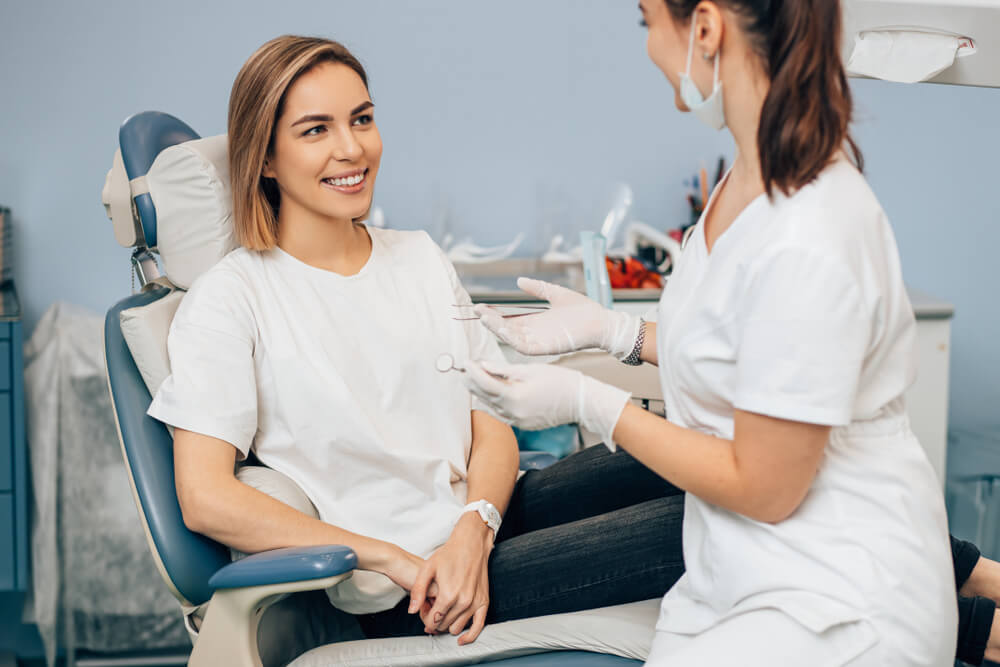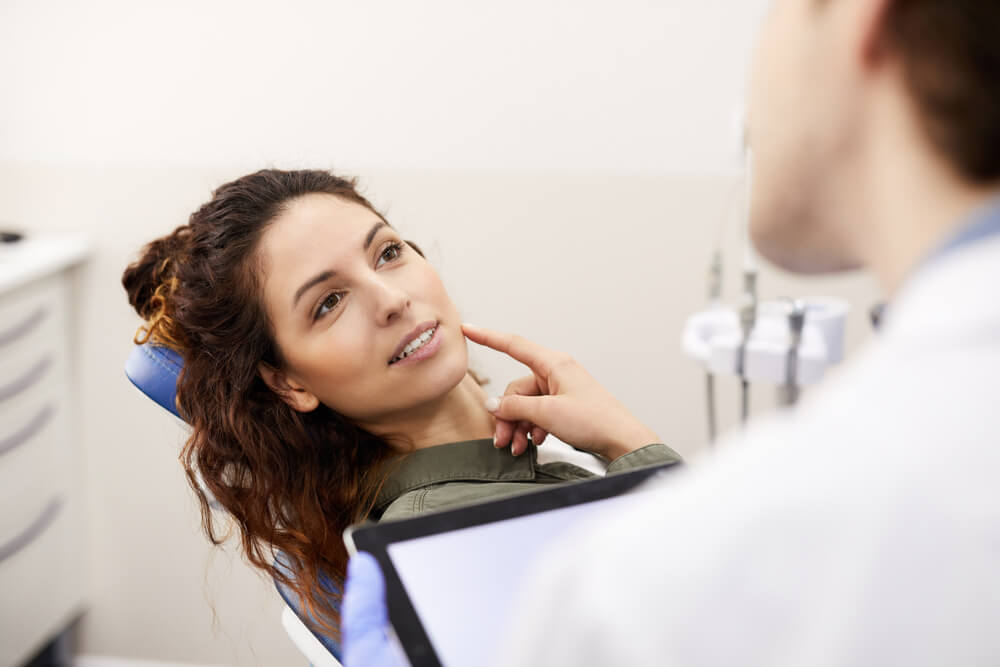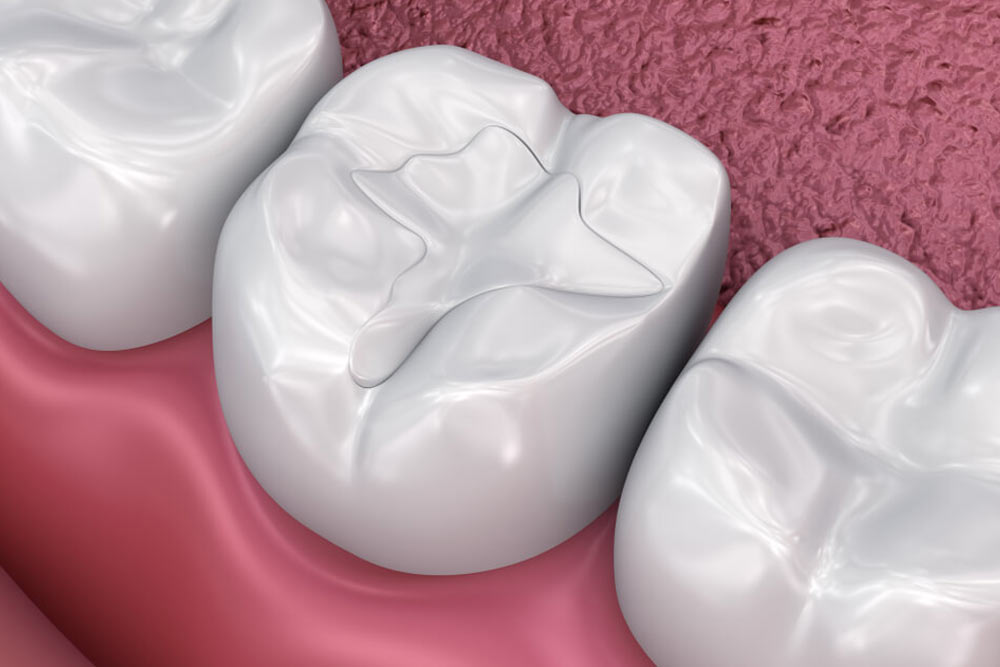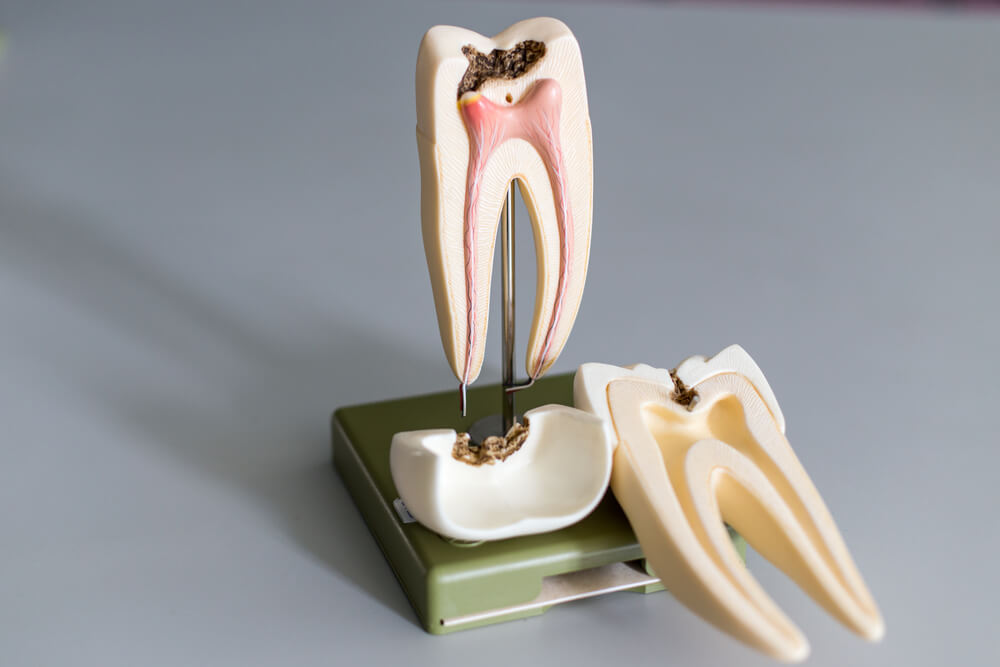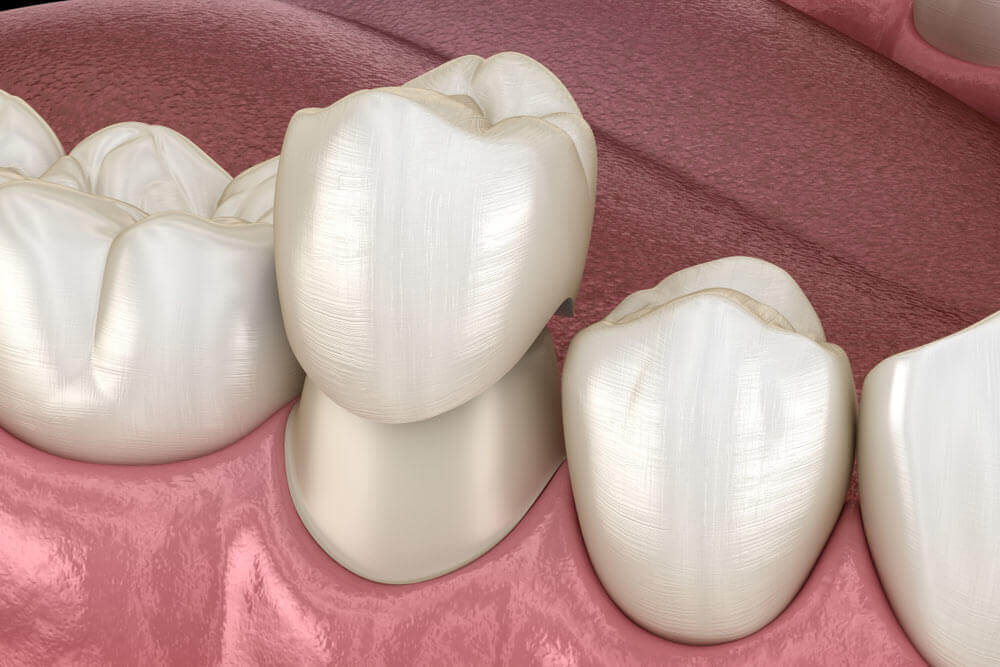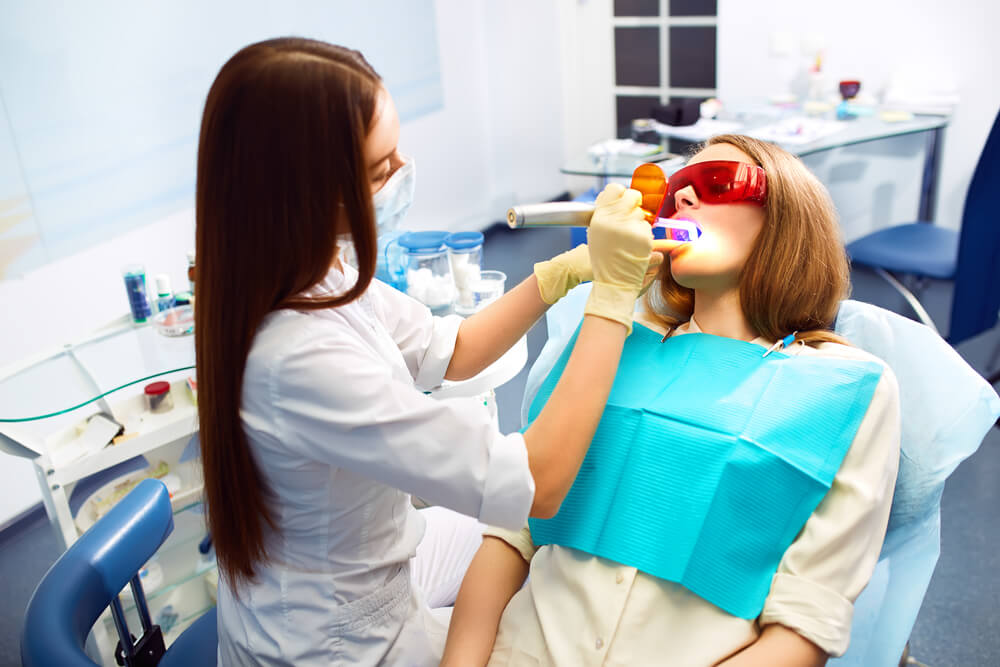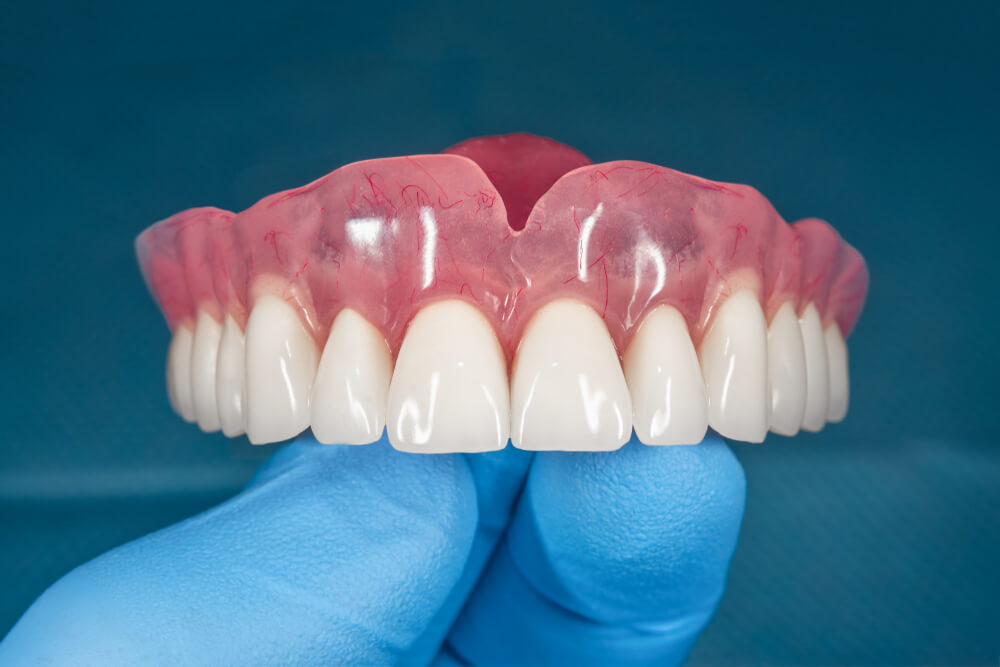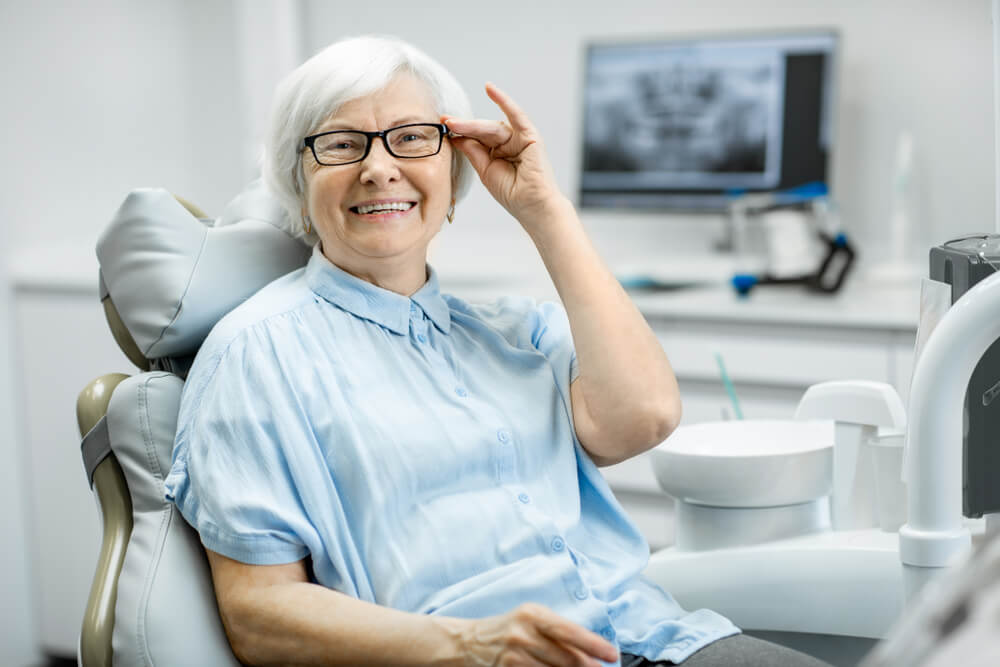Orthodontics is the prevention, diagnosis, and treatment of improperly aligned teeth and/or a misaligned bite. Orthodontic treatment is used to properly align the teeth and bite in order to improve their function and appearance. There are different types of orthodontic appliances that can be used for orthodontic treatment, however, the two most common are Invisalign® and metal braces.
Invisalign®
Invisalign® is an orthodontic treatment method that uses a series of clear aligners to straighten the teeth and align the bite. Each aligner is designed to achieve a specific movement and multiple aligners are worn in a specific progression to obtain the desired results.
Metal Braces
Metal braces are an orthodontic method that uses metal brackets on the teeth attached to an archwire to move the teeth and align the bite. Adjustments are made to the archwire in order to achieve specific movements over time to obtain the desired result. In some cases, rubber bands may also be used to align the bite.
Did You Know?
Although both orthodontic appliances have different methods, they use the same basic principle to move the teeth. That is, they both apply constant pressure to the teeth in order to gradually shift their position. Invisalign® accomplishes this with the aligner shape and material, while metal braces use an archwire to apply pressure in specific directions.
Frequently Asked Questions:
Am I a candidate for orthodontic treatment?
You may be a candidate for orthodontic treatment if you are affected by any of the following:
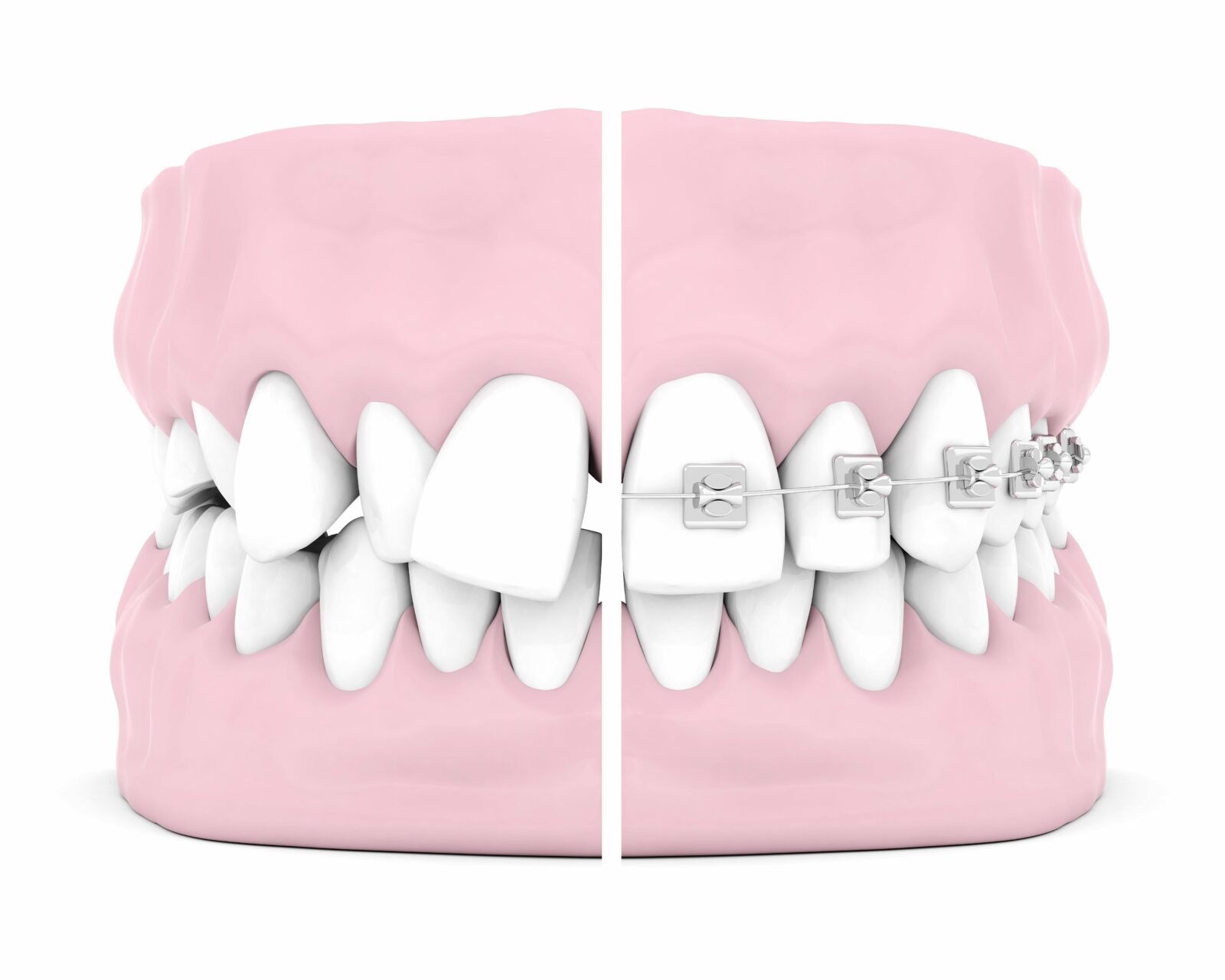
- Crowded, crooked, or protruding teeth
- An open bite, underbite, crossbite, or overbite
- Gaps between the teeth
- An inability to close your lips comfortably
- Problems chewing or biting
- Mouth breathing
- Teeth grinding or clenching
- Jaw clicking or shifting
- An improperly shaped jaw or facial asymmetry
You may also be an ideal candidate for orthodontic treatment if you simply want to improve the overall appearance of your smile. To determine if you are an ideal candidate for orthodontic treatment and what method would work best for you, schedule a consultation with Park City Dental today.
What can I expect when receiving orthodontic treatment at Park City Dental?
When receiving orthodontic treatment at Park City Dental, your expectations will depend upon the method used for your treatment. While everyone’s experiences will vary, here is an idea of what to expect:
Invisalign®
When undergoing orthodontic treatment with Invisalign®, you can expect to be provided with a set of clear aligner trays that are to be worn for a minimum of 22 hours a day. In fact, it is recommended to only remove your aligners when eating, drinking, brushing, or flossing. There are also cases where you may need to use additional orthodontic appliances to obtain the desired results.
Metal Braces
When undergoing orthodontic treatment with metal braces, you can expect to have metal brackets cemented to the front of each tooth. An archwire will then be attached to the brackets and held in place by colorful bands. Since metal braces are considered a fixed appliance, this means that they are not removable. This also means that you can expect temporary diet modifications to avoid damaging your braces.
What can I expect after undergoing orthodontic treatment?
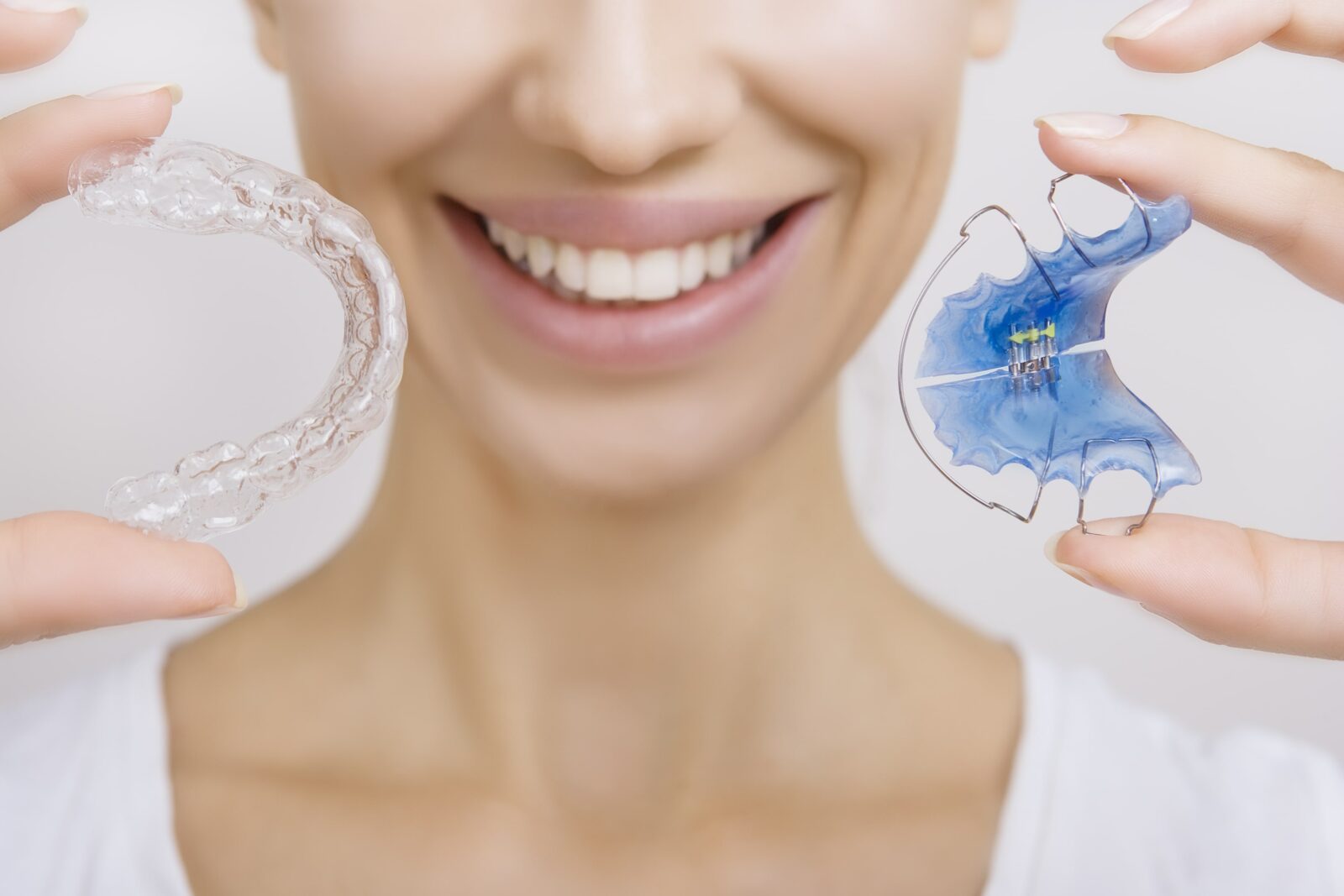
After undergoing orthodontic treatment, you can expect to be fitted for a retainer. Regardless of the method used, you will need to wear your retainer as directed in order to maintain your results. Generally speaking, you can expect to wear your retainer full time for the first few months, then your dentist will gradually transition you to wearing it only at night. There are two main types of retainers that you may receive. The first type is known as a Hawley retainer, which is made of plastic or acrylic and is held in place by a metal framework. The second type is the Vivera® retainer made by Invisalign®, which is a clear aligner.

